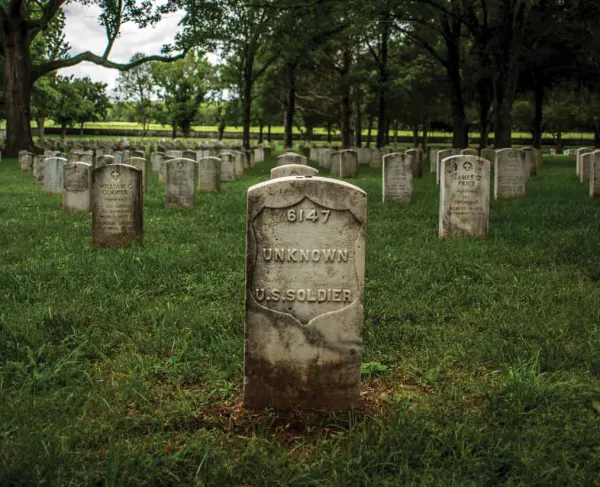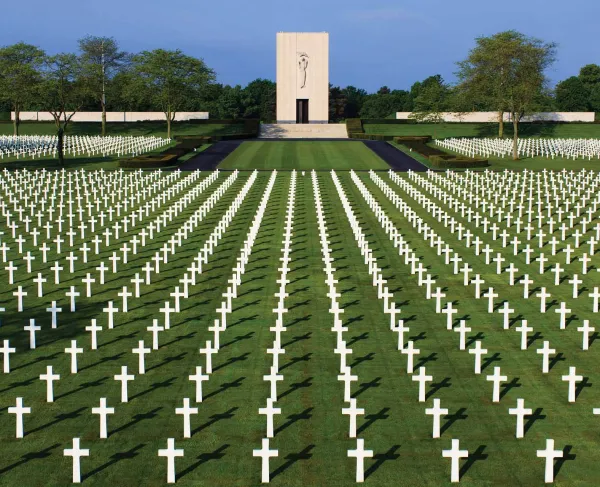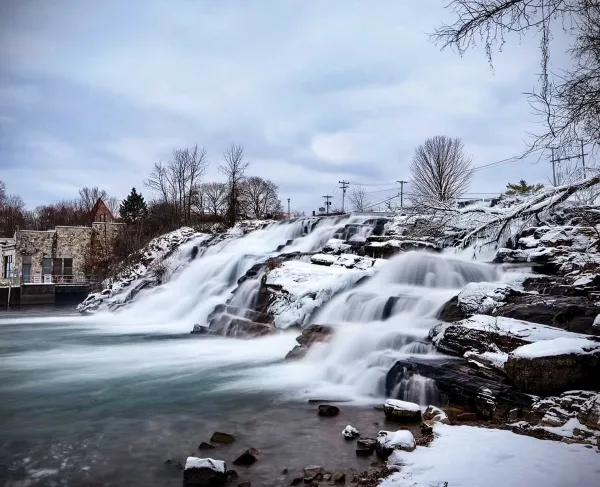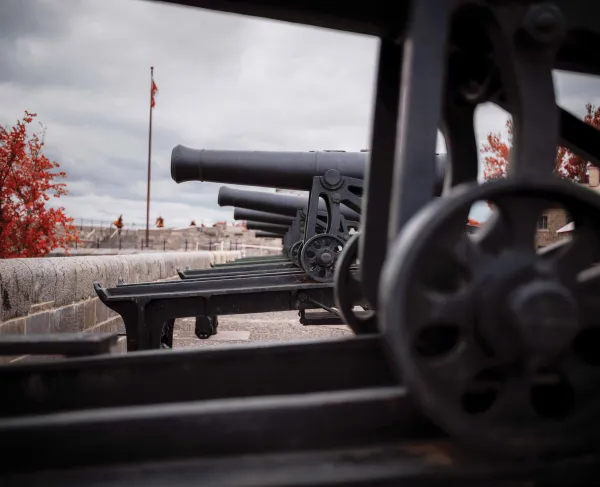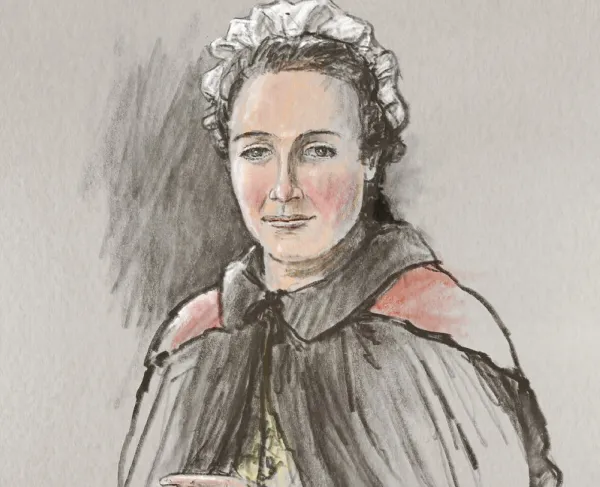Tomb of the Unknown Soldier
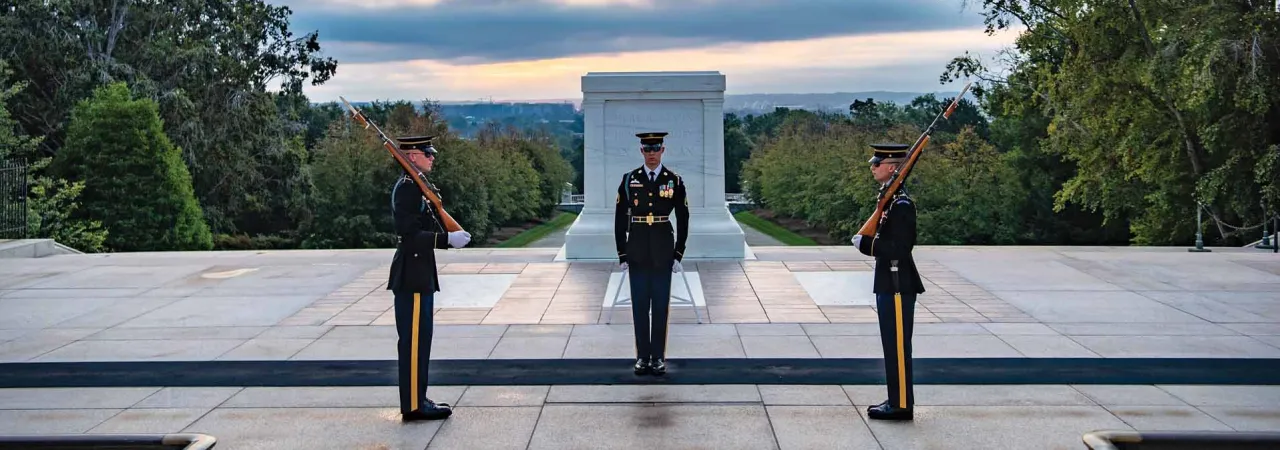
The Tomb of the Unknown Soldier, Arlington National Cemetery, Arlington, Va.
The Tomb of the Unknown Soldier is the heart of Arlington National Cemetery and the final resting place for three unknown service members who fell in battle across World War I, World War II and the Korean War. It is a sacred site woven into the fabric of American heritage.
Its origins are rooted in the war that put the United States on a global stage. The nation didn’t enter the Great War until April 1917, when Congress declared war on Germany. American troops arrived in Europe that June, and by Armistice Day, November 11, 1918, approximately 116,700 U.S. service members had perished.
Technological advances in warfare had resulted in unprecedented casualties — a global death toll approaching 10 million.
Commemorative efforts arose out of the boundless grief that enveloped the globe. France and Great Britain were first to begin the process of choosing one of their unidentified fallen soldiers to be buried with honors to represent the vast number of those who perished. The British buried their warrior in Westminster Abbey, and the French theirs at the base of the Arc de Triomphe on November 11, 1920.
By December 1920, Hamilton Fish, Jr., a New York Congressman and WWI veteran, had proposed legislation to inter one of America’s unknown soldiers at a tomb to be constructed in Arlington National Cemetery. He remarked that the tomb was intended “to bring home the body of an unknown American warrior who in himself represents no section, creed, or race in the late war and who typifies, moreover, the soul of America and the supreme sacrifice of her heroic dead.” Congress approved the legislation on March 4, 1921, and on Memorial Day 1921, the bodies of four unknown American soldiers killed in combat were exhumed from American military cemeteries across France.
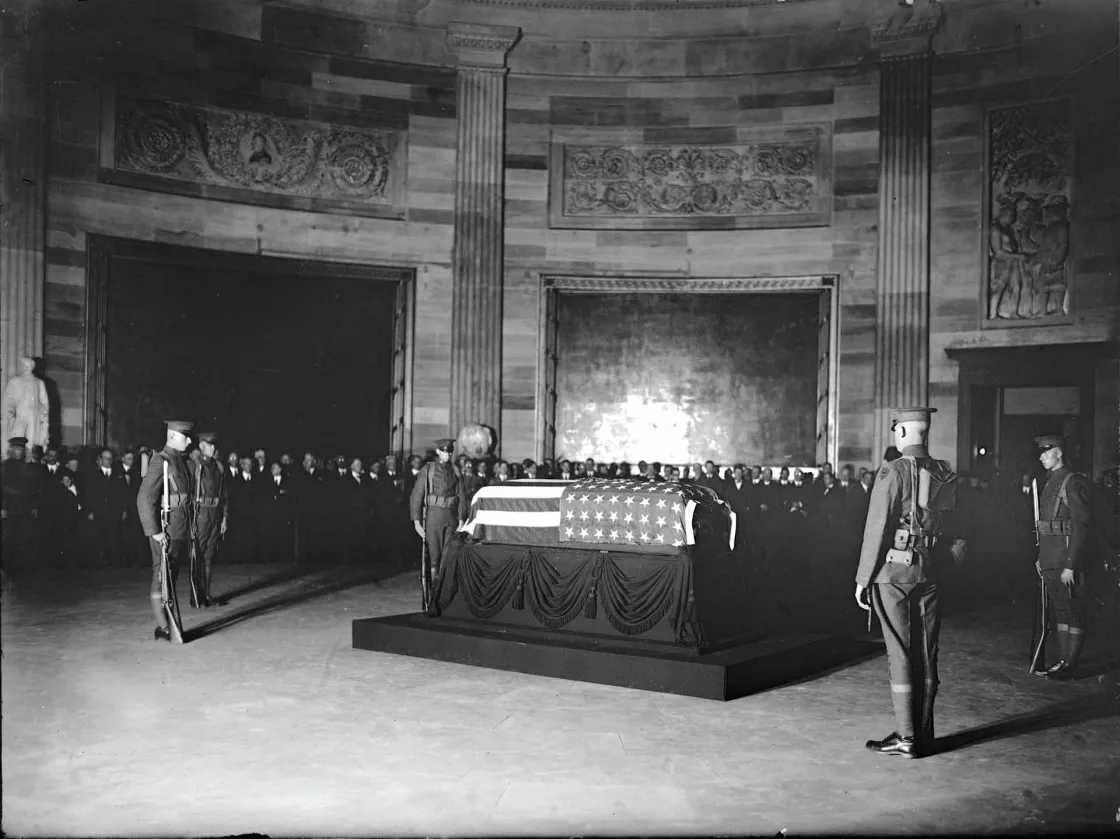
On October 24, 1921, Sgt. Edward F. Younger of Headquarters Company, 2nd Battalion, 50th Infantry, stood before the four unknowns — in identical caskets — at the city hall in Chalons-sur-Marne, France. Given the task of choosing who would be buried at Arlington National Cemetery, Younger placed a spray of white roses on the third casket from the left. The casket was transported aboard the USS Olympia, which arrived at the Washington Navy Yard on November 9, 1921. Upon arrival, the Unknown lay in state in the U.S. Capitol Rotunda, with about 90,000 visitors paying their respects during the public viewing on November 10, 1921.
On November 11, 1921, the Unknown was transported from the Capitol to Arlington National Cemetery by horse-drawn caisson. A state funeral, presided over by President Warren G. Harding, was held at the cemetery’s new Memorial Amphitheater. During the ceremony, President Harding placed the Medal of Honor on the casket, with subsequent foreign dignitaries presenting their nation’s highest honors, a reciprocity extended to similar symbolic interments across many allied nations. The Unknown soldier was interred later that day, with the Tomb then consisting of a simple marble slab.
After Congress approved legislation to incorporate a more detailed tomb design on July 3, 1926, a design competition. Ultimately, the winning design came from Lorimer Rich and Thomas Hudson Jones. Created from a slab of Colorado marble, the Tomb is designed in the Beaux Arts style, featuring three figures representing Peace, Victory and Valor on the east panel, sculpted wreaths on the north and south panels and an inscription on the west panel reading “HERE RESTS IN HONORED GLORY AN AMERICAN SOLDIER KNOWN BUT TO GOD.” The new, detailed Tomb was dedicated in 1932.
Soldiers were first stationed to guard the Tomb in 1926, largely to keep visitors from stepping atop it. In 1937, the duty became more aligned with the stirring ceremony we know today. Sentinels belong to the 3rd U.S. Infantry regiment, known as “The Old Guard,” established in 1784, making it the longest-serving active-duty infantry unit in the U.S. Army. Those eligible to stand guard go through rigorous training, and only a fraction ultimately make the cut. Selection as a sentinel is the second least-awarded decoration in the U.S. Army.
After World War II, interest rose in laying one of that conflict’s unknowns to rest at Arlington, and the measure was approved by Congress in 1946. While interment was set for Memorial Day 1951, the Korean War halted these plans. Ultimately, unknown soldiers from both conflicts lay in state, were awarded the Medal of Honor and interred in the plaza of the Tomb of the Unknown Soldier simultaneously on May 30, 1958.
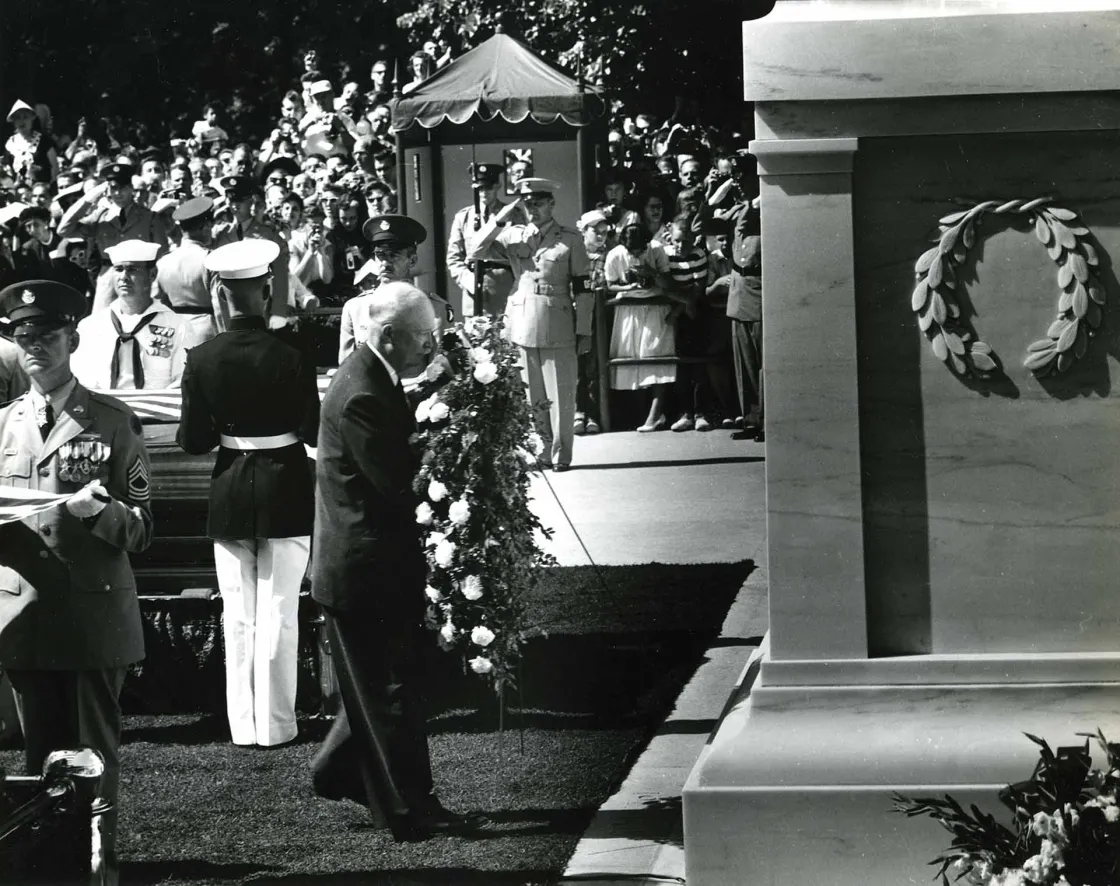
On Memorial Day 1984, an unknown soldier from the Vietnam War was interred. However, following advances in DNA testing, in 1998, the remains were identified as Air Force 1st Lieut. Michael Joseph Blassie. At his family’s request, Blassie was exhumed from the crypt.
Throughout its 100-year existence, the Tomb of the Unknown Soldier has stood as symbol of all missing and unknown U.S. soldiers. The Defense POW/MIA Accounting Agency remains dedicated to recovering and identifying lost soldiers from years’ past and from all conflicts the U.S. has had a role in. In the meantime, the Tomb provides comfort for those loved ones who may never find answers.
Did You Know...?
- The Tomb is guarded 24 hours a day, 365 days a year, in all but the most extreme of weather conditions — such as intense lightning or a hurricane that threatens the safety of the sentinel.
- Guards do not wear a rank while performing their duty, ensuring they do not outrank the soldiers laid in the Tomb.
- A guard’s patrol is precise: 21 steps; turn and face the Tomb for 21 seconds; about face, shift arms and hold for 21 seconds; 21 steps back to the starting point. The symbolic number is tied to the 21-gun salute a centuries-old international military tradition signaling the highest of honors.
- Every hour during the winter and every 30 minutes during the summer, a choreographed changing of the guard occurs. Each day, guest organizations lay wreaths before the Tomb in special ceremonies.
